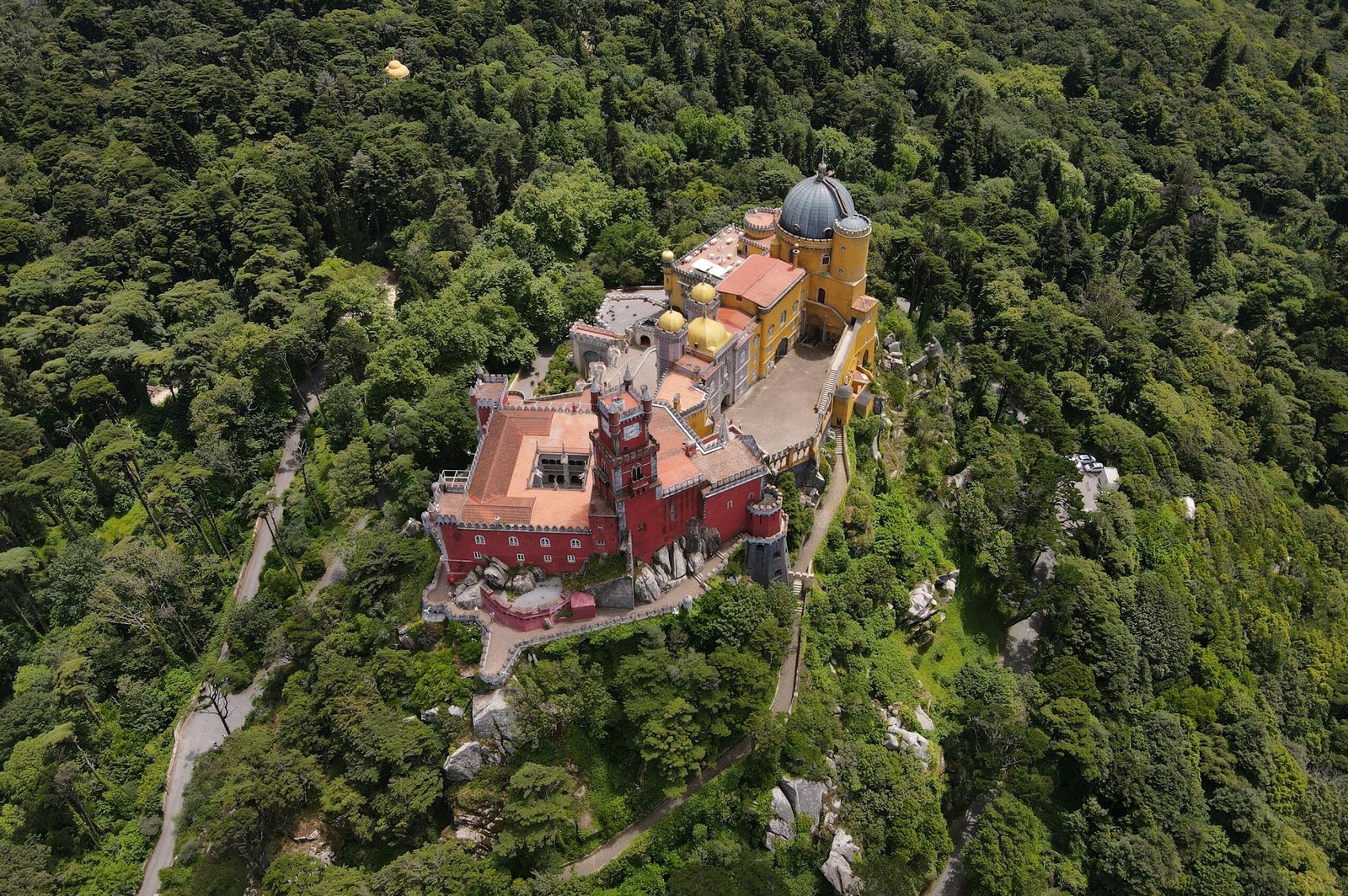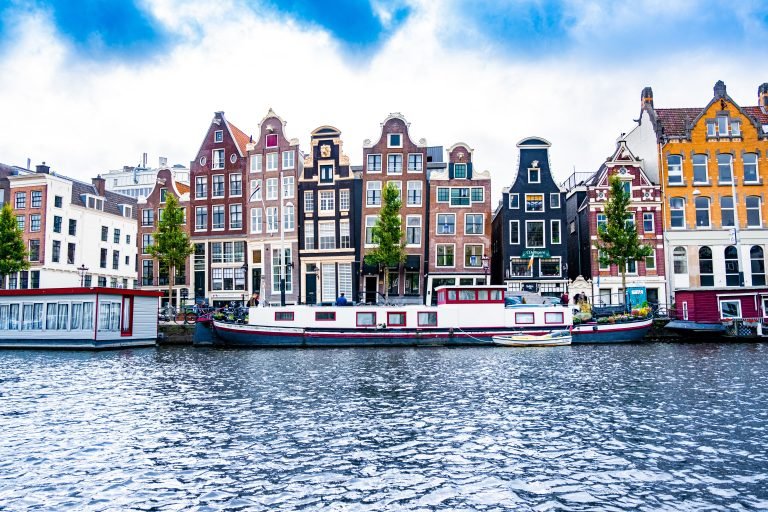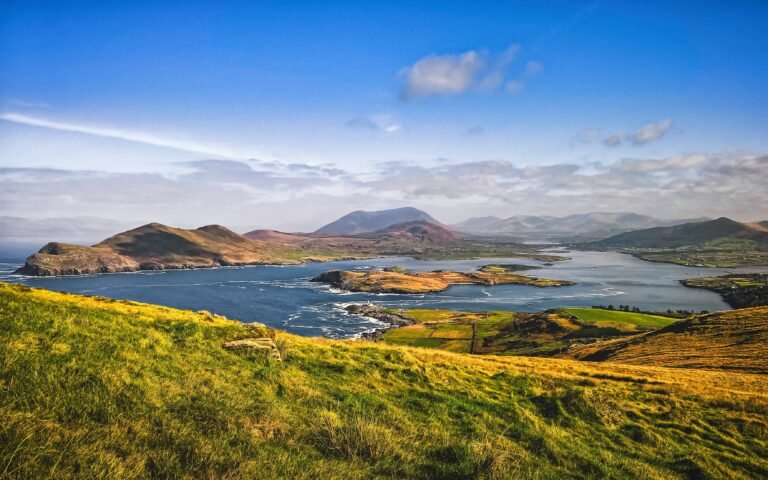Snakes in Portugal: A Traveller’s Guide to Species, Safety & Sightings
Last Updated on: 20th October 2025, 10:38 am
Ever worried you might stumble upon a snake while hiking through Portugal’s peaceful countryside?
You’re not alone. I felt the same when my parents first moved to the rural Alentejo. As a family that regularly visits and walks through olive groves, farmland, and forest trails, we’ve come to know Portugal’s wildlife quite intimately.
Yes — there are snakes in Portugal. But the truth is: encounters are rare, and the risk is minimal for most travelers.
Still, if you’re planning to hike the Algarve hills, wander the Douro Valley vineyards, or explore off-the-beaten-path nature spots, a little awareness goes a long way.
In this guide, I’ll share everything you need to know about snakes in Portugal, the harmless ones, the venomous species, where you might see them, and how to stay safe while still enjoying the magic of Portugal’s wild beauty.
Want to Plan Your Trip?
Avoid hidden fees in the exchange rate while withdrawing from millions of ATMs abroad, paying in restaurants and shops, and buying your accommodation and flights using the Wise Card. You can hold up to 40+ currencies at once to spend in over 150 countries, and convert them in real-time with the free Wise app.
Need help planning your trip from start to finish? Check out these helpful links:
🔥 Deal Miner Browser Extension – download this to find secret hotel deals you won’t find anywhere else!
🛫 Skyscanner Alerts – set flight price alerts so that you get instant notifications when fares drop!
🏨 Accommodation Savings – from hostels to luxury hotels and resorts.
🏡 Apartments & Villas – the affordable way to live like a local.
🚙 Car Rentals – the most reliable and affordable car hire.
🚋 Tours & Activities – affordable sightseeing tours and day trips.
Key Takeaways
- Portugal is usually considered safe with minimal wildlife threats.
- Encounters with potentially dangerous animals are rare but possible.
- Two venomous snake species, the Seoane’s Viper and Lataste’s Viper, are found chiefly in less inhabited areas.
- The most commonly encountered snake is the non-venomous Montpellier Snake.
- Knowing local wildlife can enhance your outdoor adventures in Portugal.
Disclaimer: This post may contain affiliate links. If you make a purchase from one of them I will receive a small commission at no extra cost to you, which allows me to keep this blog up and running!
🐍 What to Know About Snakes in Portugal
Portugal’s diverse landscapes — from golden coastlines to forested mountains — are home to a variety of snake species. Most are non-venomous and play a vital role in maintaining ecological balance by controlling pests.
Whether you’re wandering through cork oak groves in Alentejo, hiking near the Serra da Estrela, or enjoying wetlands along the coast, it’s helpful to know a little about local wildlife. Some snakes are completely harmless, while others, like the Lataste’s or Seoane’s viper, should be treated with caution, though even those rarely pose a threat unless provoked.
Beyond snakes, Portugal’s natural world includes elusive creatures like the Iberian lynx and wild boar, thrilling to know about, but unlikely to spot.
💡 Pro tip: Learning the difference between venomous and non-venomous snakes (especially visual markers like head shape or pupil type) can ease your mind and enhance your outdoor experience.

Common Snake Species in Portugal
Portugal is home to around a dozen native snake species, most of which are harmless and rarely encountered. Still, being able to identify a few of the more common ones can add an extra layer of awareness — and fascination — to your time in nature.
Let’s take a look at the most frequently spotted snakes in Portugal, starting with the non-venomous varieties.
Non-Venomous Snakes
Montpellier Snake (Malpolon monspessulanus)
This large and striking snake is perhaps Portugal’s most commonly encountered species. Found across the Algarve and Alentejo, it can grow up to 2 meters long and is often seen basking in the sun or slithering through scrub and farmland.
💡 Despite its size, it’s generally harmless; it’s technically rear-fanged but not dangerous to humans.
False Smooth Snake (Macroprotodon brevis)
Small and secretive, this snake prefers rocky hills and arid terrain. You’re unlikely to spot it unless you’re specifically looking; it blends in well with its surroundings and typically emerges at dusk.
Ladder Snake (Rhinechis scalaris)
Named for its distinctive ladder-like markings, this agile climber is active during the day and often seen in forests, ruins, and rural farmland. It’s a harmless species that plays an important role in controlling rodent populations.
Venomous Snakes in Portugal
Lataste’s Viper (Vipera latastei)
Easily recognized by its triangular head and a distinctive horn-like bump on its nose, this viper lives in dry, rocky areas, especially in the southwest. Though venomous, bites are rare and typically occur only if the snake is stepped on or threatened.
Seoane’s Viper (Vipera seoanei)
Also known as the Baskian viper, this species favors moist, mountainous regions in the north. It’s shy and prefers to avoid people. Like Lataste’s Viper, its venom is rarely dangerous to healthy adults, but medical attention should always be sought if bitten.
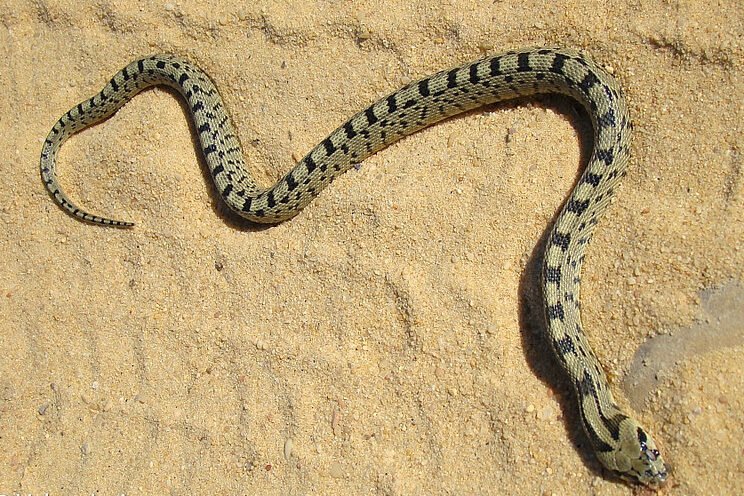
🌿 Snake Habitats in Portugal
Portugal’s landscapes offer a surprisingly diverse range of ecosystems, and each supports different snake species. Whether you’re coastal wandering, hiking inland trails, or exploring high-altitude regions, it helps to know what kind of wildlife might be nearby.
🏖️ Coastal Regions
The Algarve’s sandy coasts and riverine marshlands offer ideal conditions for snakes like the Montpellier snake and the semi-aquatic viperine water snake. While these species help maintain the local ecosystem, they tend to avoid busy beaches and are more often found in secluded, humid areas.
🌾 Rural Countryside
The rolling hills and agricultural plains of regions like Alentejo and Ribatejo are prime territory for snakes such as the ladder snake and horseshoe whip snake. Hedgerows, dry-stone walls, and abandoned ruins make perfect hiding places, which is why these areas are worth exploring with awareness.
⛰️ Mountainous Areas
In Portugal’s rugged interior — think Serra da Estrela or Peneda-Gerês — you’ll find some of the country’s rarest snakes, including Lataste’s viper and Seoane’s viper. These hardy reptiles thrive in the rocky, cooler terrain but are very shy. Spotting one is rare, but hikers should still tread carefully in these areas.
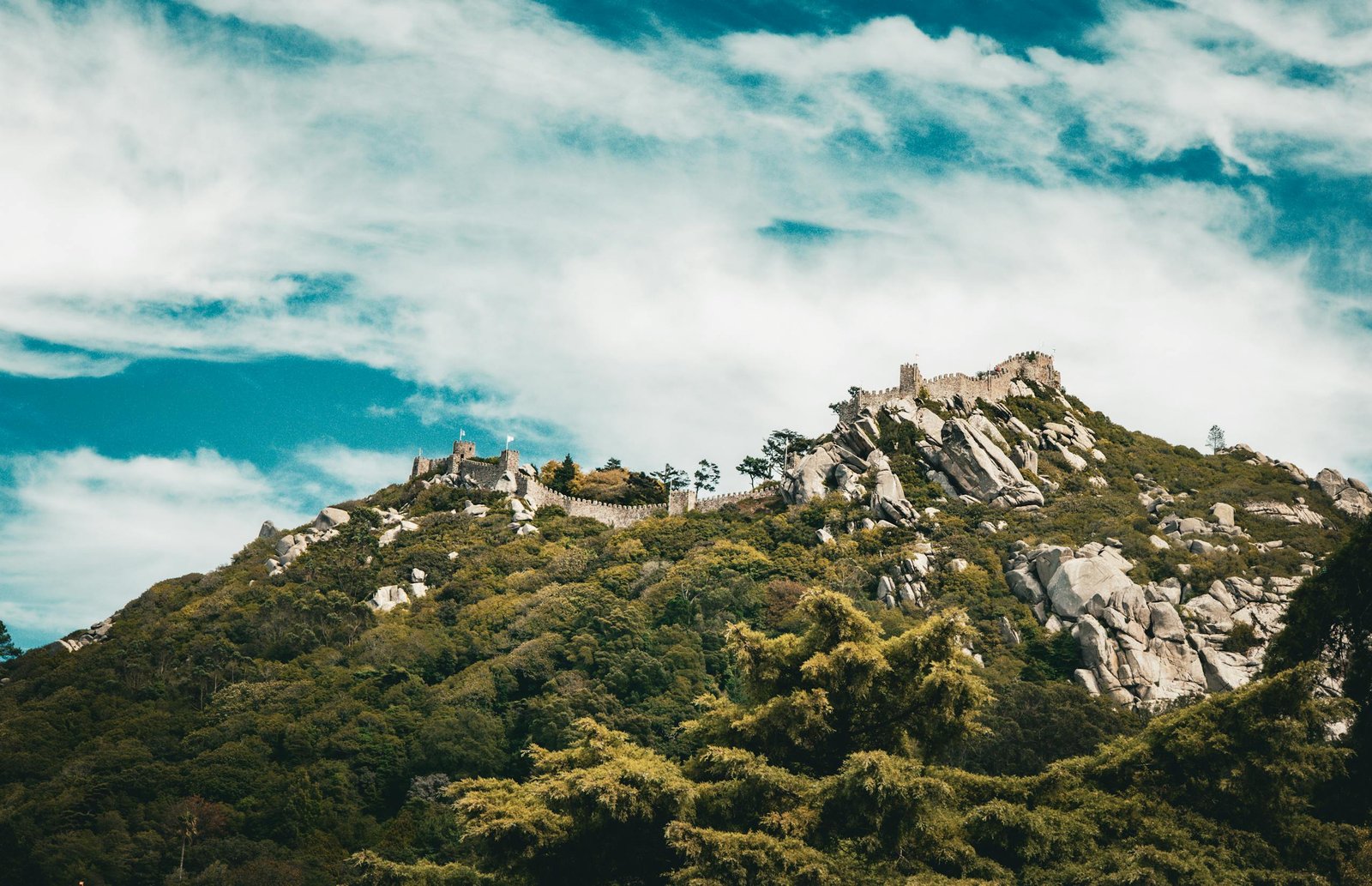
🧭 Snakes in Portugal: Safety Tips for Outdoor Exploration
If you’re planning to hike, picnic, or wander off the beaten path in Portugal, it’s wise to know how to stay snake-safe without stressing. Most snakes want absolutely nothing to do with you, but a little awareness goes a long way.
👀 Learn to Recognize Local Species
Familiarising yourself with common snake shapes and colors — especially the vipers — can help you stay calm and avoid unnecessary fear.
💡 Quick tip: Vipers usually have thicker bodies, triangular heads, and vertical pupils. Non-venomous snakes tend to be leaner with rounded heads and round pupils.
🐍 What to Do If You Encounter a Snake
- Don’t panic – sudden movements can startle the snake.
- Freeze or back away slowly – give it space to escape.
- Never try to touch, trap, or provoke it – most bites happen when humans interfere.
Snakes generally only strike when they feel threatened. If you leave them alone, they’ll usually slither away quietly.
🥾 Smart Prevention While Hiking
- Wear proper footwear like boots and long pants in rural or rocky areas.
- Use a walking stick to rustle the ground in front of you when walking through tall grass or brush.
- Stay on marked trails whenever possible.
- Avoid stepping over logs or rocks blindly — step on them first, then look ahead.
💡 Pro tip: The rustling of boots or a hiking pole often sends snakes scurrying away before you ever see them.

🧬 Poisonous vs. Non-Poisonous Snakes in Portugal
While the words venomous and poisonous are often used interchangeably, it’s worth noting: snakes are venomous, not poisonous; their bite injects venom.
In Portugal, most snakes are non-venomous and play an essential role in balancing ecosystems by keeping rodent populations in check. For example:
🟢 Safe to Humans:
- Montpellier Snake
- Ladder Snake
- Iberian Grass Snake
- False Smooth Snake
🔴 Venomous Species (but rarely dangerous to humans):
- Lataste’s Viper
- Seoane’s Viper
These venomous snakes are shy, usually active during cooler hours (dawn/dusk), and are not aggressive unless stepped on or provoked. Encounters are rare, and bites are even rarer.
🚑 Snake Bites in Portugal: What to Do
Getting bitten by a snake is extremely uncommon, but it’s still important to know what to do if it happens, especially if you’re hiking in remote areas.
🆘 First Aid for Snake Bites
If bitten by a snake, here’s what to do immediately:
- Note the snake’s appearance – color, size, markings.
- Stay calm – this slows the spread of venom.
- Immobilize the limb – keep it at or below heart level.
- Don’t cut, suck, or tourniquet the wound – these can do more harm.
- Rinse with soap and water, if available.
🏥 When to Seek Medical Attention
Call for emergency services if:
- You suspect it was a venomous snake
- There’s intense swelling, pain, dizziness, or breathing trouble
- The victim is a child, elderly, or has a medical condition
💡 Emergency number in Portugal: 112

🦎 Other Reptiles in Portugal: Lizards, Worms & More
Snakes aren’t the only reptiles you might come across in Portugal. The country is also home to a variety of fascinating, mostly harmless creatures that thrive in its sunny climate.
🦎 Common Lizards
From city walls to rural ruins, lizards are everywhere, especially in spring and summer. You might spot:
- Iberian Wall Lizard (Podarcis hispanica) – Small, quick, and often seen sunbathing.
- Schreiber’s Green Lizard (Lacerta schreiberi) – A striking, bright-green species more common in northern regions.
These reptiles are completely harmless and are a joy to observe.
🪱 Iberian Worm Lizard (Blanus cinereus)
Despite its name, this legless lizard looks more like a large pink earthworm. It’s rare to see, as it lives underground and only emerges to hunt insects.
📍 Fun fact: If you’re visiting Madeira, you won’t find snakes there, just plenty of quirky lizards and worm lizards!
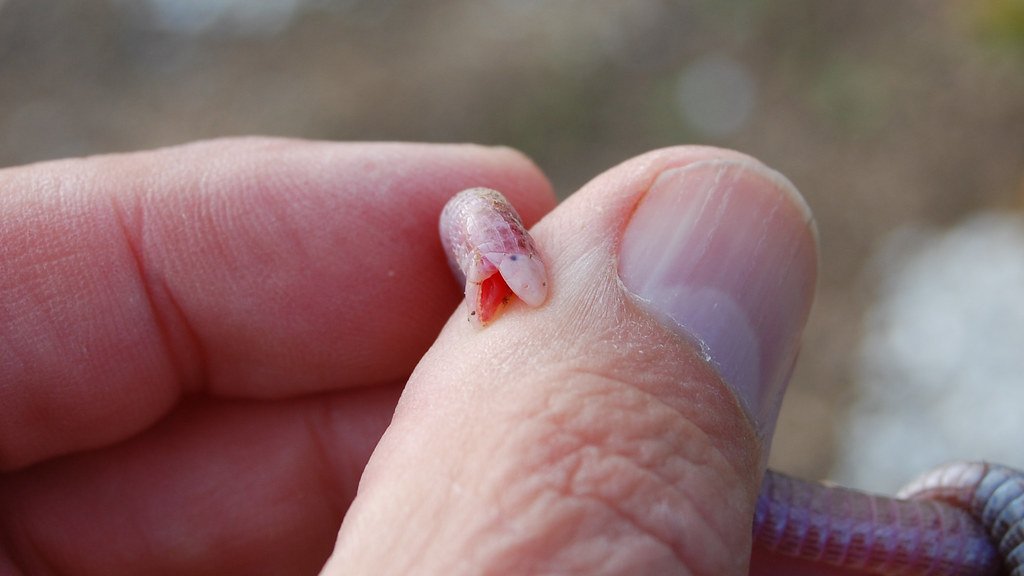
Snakes in Portugal FAQs
Are there sea snakes in Portugal?
Not commonly. While some species can tolerate brackish water, Portugal’s waters are not a typical sea snake habitat.
Are there any poisonous snakes in Portugal?
Yes, but barely. Lataste’s and Seoane’s vipers are venomous, yet bites are rare and typically non-fatal with prompt treatment.
What is the largest snake in Portugal?
That would be the Montpellier snake, which can grow over 2 meters in length, but it’s not dangerous to humans.
🗺 MORE PORTUGAL TRAVEL GUIDES & RESOURCES
Hotel White Lisboa: Honest Hotel Review
Review of Lost In Lisbon Rooftop Bar & Restaurant
Review of Mar d’Estorias: Eat Like a Local in Lagos
Obidos Portugal: Guide to Visiting the Medieval Village (With a Map)
Sintra Day Trip: Discover the Enchanting Fairytale Town Near Lisbon
Is Lisbon Safe for Tourists? (What You Need to Know)
Where to Find the 8 Best Miradouros in Lisbon for an Epic Sunset (With a Map)
12 Transformative Wellness Retreats in Portugal to Book
15 Simple Ways to Say Thank You in Portuguese
Does it Snow in Portugal? Experience Winter in Portugal
Faro Old Town: Quick Guide to The Capital of The Algarve
Are There Sharks in Portugal And Is It Safe to Swim?
21 BEST Hotels in Lisbon with Rooftop Pools to Book
The Ultimate Guide to Supermarkets in Lisbon for Travelers
Barcelona vs Lisbon: An Honest Comparison
8 Luxury Algarve Retreats for Your Mind, Body & Soul
Lagos or Albufeira: An Honest Comparison of the Algarve Towns
Lagos Old Town: A Guide to Everything You Need to Know for a Visit
Discover the Best Area to Stay in Lisbon (with a Map)
Where to Stay in Lagos, Portugal for an Exciting Visit
Best Area to Stay in the Algarve for Every Travel Style (With Hotel Picks!)
Where to Stay in Sintra, Portugal for a Magical Visit
📌 DON’T FORGET TO PIN & SAVE THIS POST FOR LATER
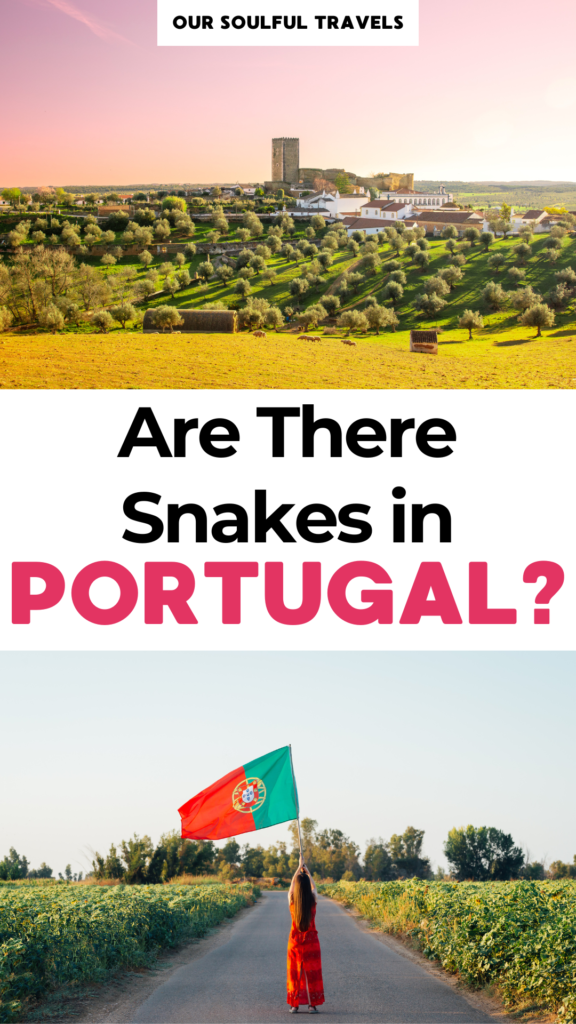
Snakes in Portugal: Final Thoughts
Snakes are just one small part of Portugal’s incredible biodiversity, and with a little knowledge, there’s nothing to fear. If you’re hiking, exploring nature reserves, or enjoying rural stays, staying alert and informed ensures a peaceful coexistence with wildlife.
Most importantly? Respect their space, stay on trails, and pack smart. With that, you’ll enjoy the full beauty of Portugal’s wild side, safely, soulfully, and maybe even with a new appreciation for these slithery locals.
Want to Plan Your Trip?
Avoid hidden fees in the exchange rate while withdrawing from millions of ATMs abroad, paying in restaurants and shops, and buying your accommodation and flights using the Wise Card. You can hold up to 40+ currencies at once to spend in over 150 countries, and convert them in real-time with the free Wise app.
Need help planning your trip from start to finish? Check out these helpful links:
🔥 Deal Miner Browser Extension – download this to find secret hotel deals you won’t find anywhere else!
🛫 Skyscanner Alerts – set flight price alerts so that you get instant notifications when fares drop!
🏨 Accommodation Savings – from hostels to luxury hotels and resorts.
🏡 Apartments & Villas – the affordable way to live like a local.
🚙 Car Rentals – the most reliable and affordable car hire.
🚋 Tours & Activities – affordable sightseeing tours and day trips.

